Philips Brilliance 328P vs Samsung U28E590D: two 4K monitors go head to head
The Philips Brilliance 328P is bigger, but the Samsung U28E590D is much cheaper. Which one should you buy?

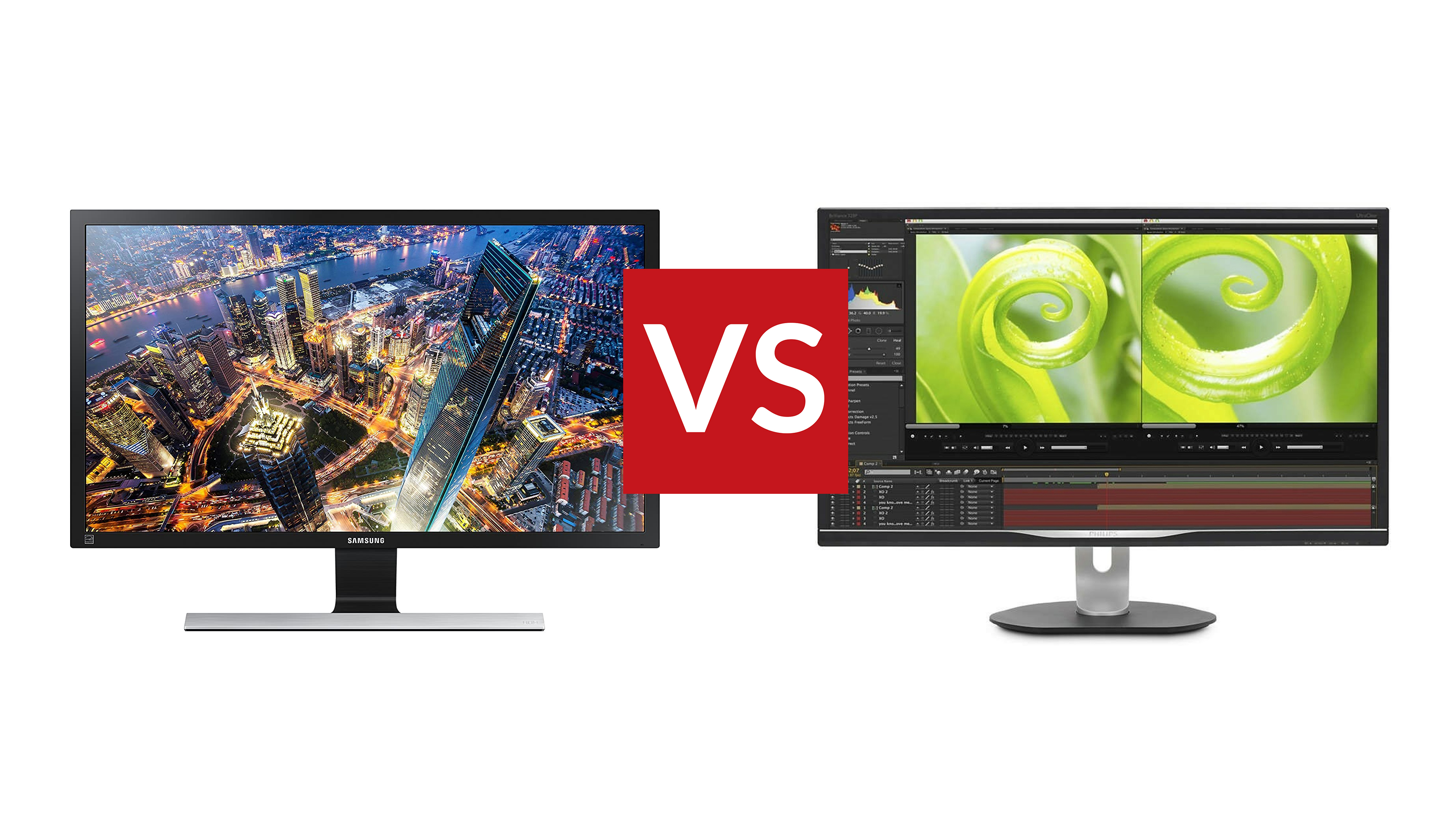
The Philips Brilliance 328P and the Samsung U28E590D are two of the best 4K monitors - they will treat your eyes to beautiful colours, impressive backlights and perfectly-sharp pixels. There are lots of similarities between them, but there are lots of differences too, which one you go for will depend largely on what you need it for.
Both screens boast UHD resolution that will make games look crystal clear and videos pop, but one of the best parts is that neither are particularly expensive.
If you are trying to keep things as affordable as possible then the Samsung is the cheapest option but you will lose out in some areas to keep the price low.
The Philips Brilliance 328P and Samsung U28E590D have different connectivity, different response rates and different strengths and weaknesses. Let’s explore them to discover which one would be the best 4K monitor for you.
Are you a serious gamer? You might be better off taking a look at the best gaming monitors instead.
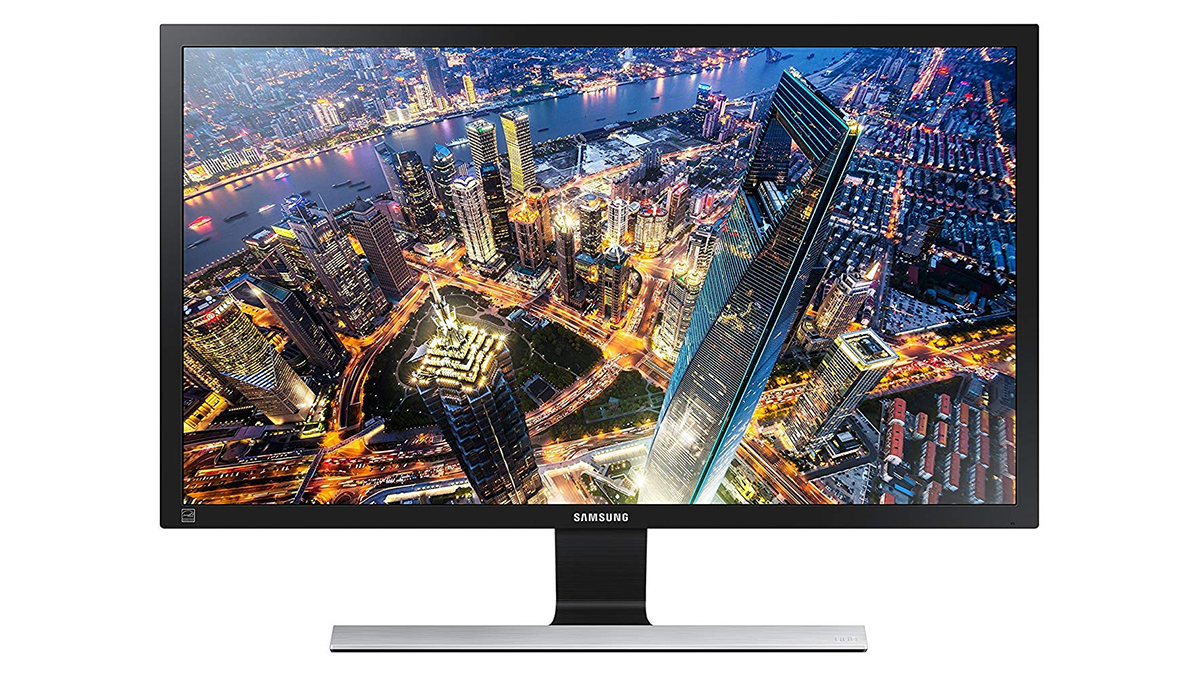
Philips Brilliance 328P vs Samsung U28E590D: design
The Brilliance in the Philips monitor’s name refers to the panel, not the monitor itself: it’s an anonymous-looking thing with a fairly narrow bezel. You’re not going to smile every time you see it but it’s not going to annoy you either, and there are some useful touches including the SmartErgoBase that enables you to tilt, slide and rotate the screen from landscape to portrait mode. The foot is fairly small for a monitor of this size and the cable management system helps reduce cable clutter. There’s also a 100x100m VESA fitting if you want to mount it on a monitor arm or a wall.
The Samsung can be mounted on a 75x75mm VESA mount or you can use the included stand, which tilts up to 20 degrees. The overall design isn’t anything to write home about but it does look more expensive than it actually is.
Get all the latest news, reviews, deals and buying guides on gorgeous tech, home and active products from the T3 experts
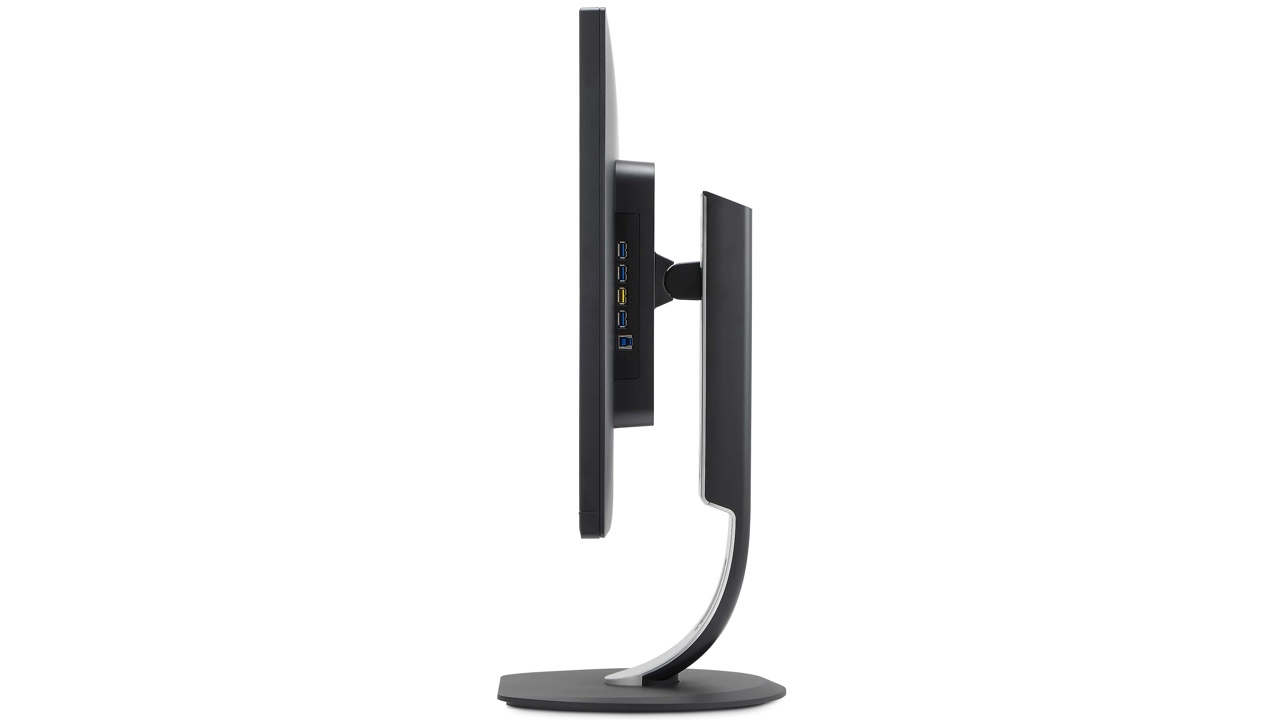
Philips Brilliance 328P vs Samsung U28E590D: hardware and connections
The Philips Brilliance 328P has one HDMI 2.0 port with HDCP, one DisplayPort connection, one DVI-Dual Link with HDCP and one analogue VGA port. It also has four USB 3.0 ports including one with fast charging, and there’s audio in and out connectors too. That selection enables you to connect multiple devices at once, for example a computer and a console, or to use it as a hub for your laptop and its connected devices. That makes the Philips a particularly good choice for home workers: you can use it as a work hub by day and a gaming and entertainment display at night – although its 3W speakers aren’t really up to the job of intense gaming, so you’d be best connecting external speakers.
The Samsung has two HDMI sockets and one DisplayPort and a headphone socket.
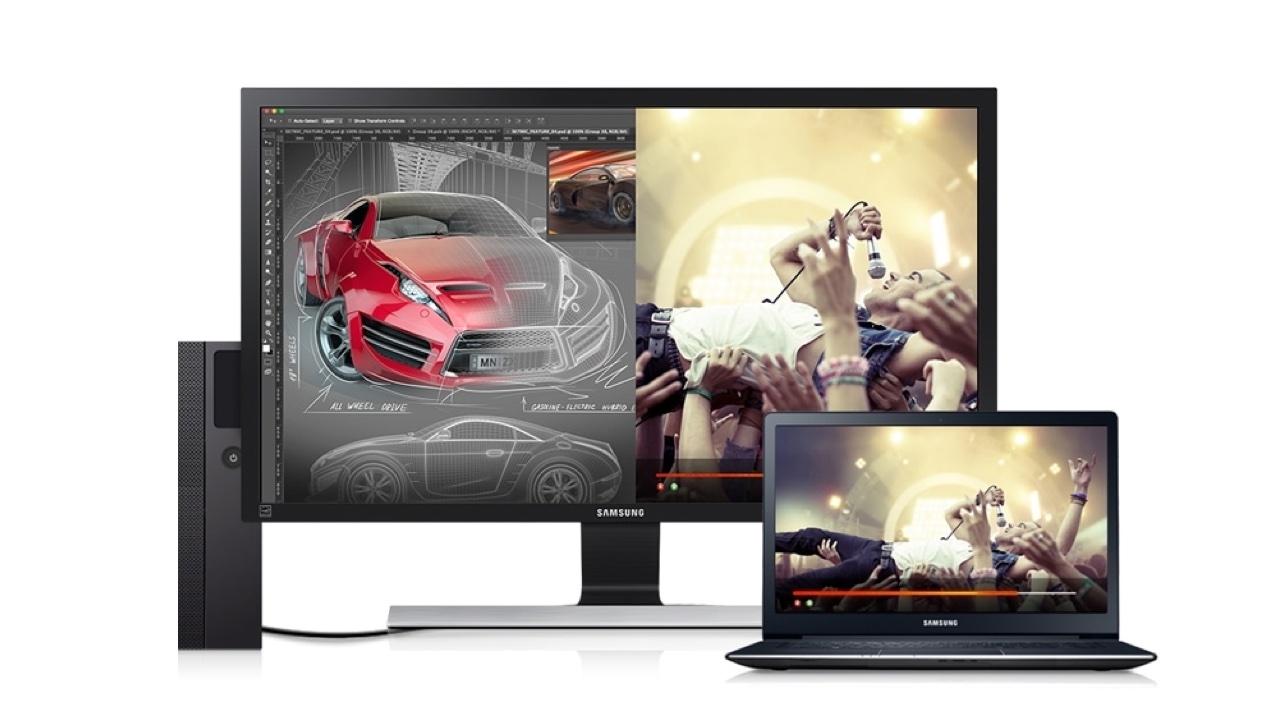
Philips Brilliance 328P vs Samsung U28E590D: specifications
The Philips has a 4K resolution of 3840 x 3160 at 60Hz with 10-bit HDR for smooth colour graduation and detail. It’s capable of showing 1.074 billion colours and has a typical response time of 4ms, 3,000:1 contrast and a 178-degree viewing angle. The panel is a VA-LCD with W-LED backlighting delivering a peak brightness of 300cd/m2.
The Samsung is slightly smaller – it’s 28 inches to the Philips’ 32 – but it has the same 4K UHD resolution and 60Hz support. It also has AMD FreeSync for gaming. The viewing angle here is a respectable 170º, typical response time is 1ms and the contrast ratio is up to 1,000:1. It’s a TN panel with up to 1 billion colours and it’s brighter than the Philips, peaking at 370cd/m2.
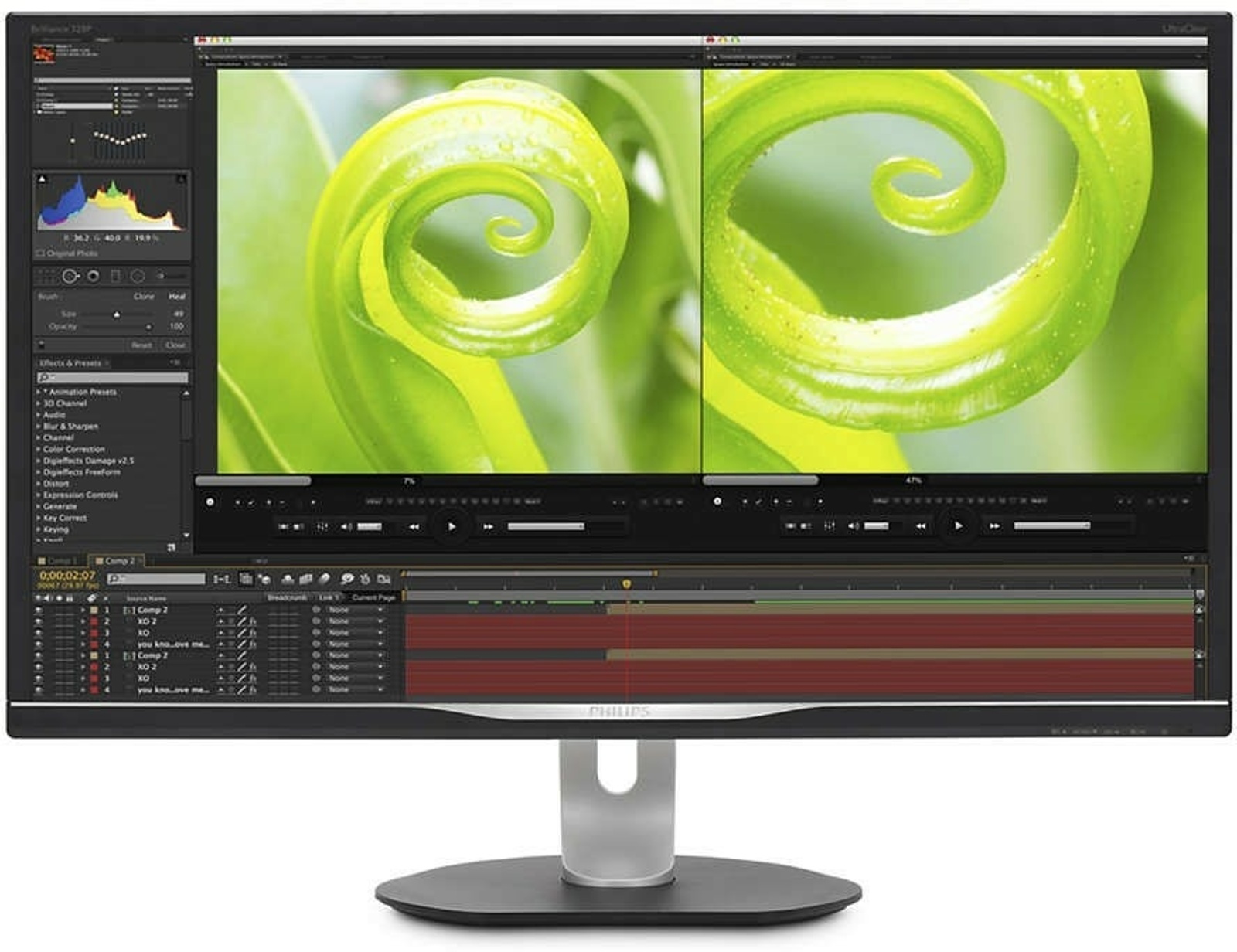
Philips Brilliance 328P vs Samsung U28E590D: price and verdict
The street price of the Philips is typically just under £500, although be careful when you’re shopping: there’s also a Brilliance QHD monitor with an almost identical product name that often turns up when you search for this one, so make sure you’re looking at the 4K version. The Samsung was already much cheaper and recent price cuts have made it cheaper still: at the time of writing Samsung is listing it for just £199.
If you’re okay with the slightly smaller size and don’t need your monitor to act as a hub, we’d say the Samsung is the better buy: while the Philips is the better and marginally bigger monitor the Samsung’s exceptionally low price makes it a real bargain, especially if you want a fast monitor for gaming.
Where the Philips really excels is when you want to connect multiple sources, or use it to make your ultraportable notebook more useful: many of the best lightweight laptops have very few expansion ports, so being able to connect external drives and other devices to the Philips and connecting it with just one USB-C cable is a real plus.
- More of a gamer? Then check out the best gaming monitors
Writer, musician and broadcaster Carrie Marshall has been covering technology since 1998 and is particularly interested in how tech can help us live our best lives. Her CV is a who’s who of magazines, newspapers, websites and radio programmes ranging from T3, Techradar and MacFormat to the BBC, Sunday Post and People’s Friend. Carrie has written more than a dozen books, ghost-wrote two more and co-wrote seven more books and a Radio 2 documentary series; her memoir, Carrie Kills A Man, was shortlisted for the British Book Awards. When she’s not scribbling, Carrie is the singer in Glaswegian rock band Unquiet Mind (unquietmindmusic).
